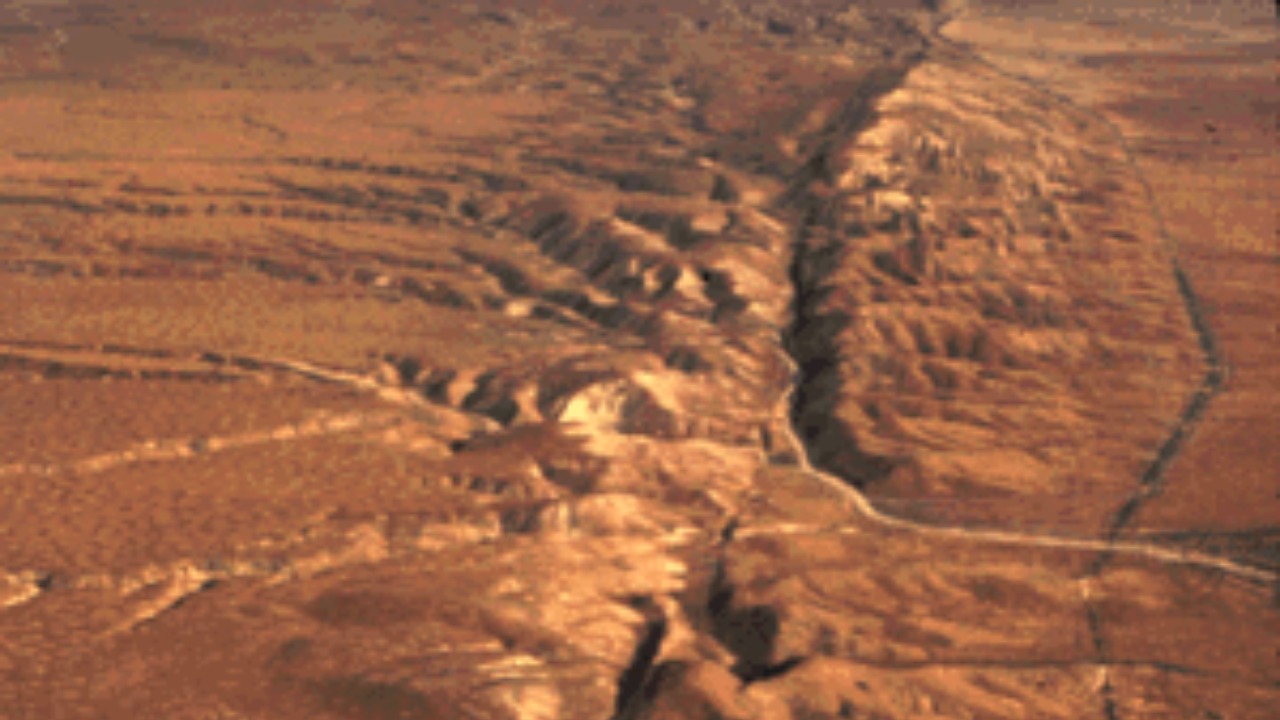
Scientists are raising the alarm about a potential seismic catastrophe on the West Coast of North America. Recent studies suggest that a massive earthquake along the Cascadia megathrust fault, which stretches from British Columbia to Northern California, could trigger seismic activity on the San Andreas Fault. This chain reaction could lead to widespread devastation across the region. The scenario, described as “movie territory” due to its dramatic potential for chained quakes and tsunamis, has been confirmed by recent research, heightening concerns for major quakes and tsunamis in the region.
The Cascadia Subduction Zone
The Cascadia megathrust is a 1,000-kilometer-long subduction zone where the Juan de Fuca Plate slides under the North American Plate off the coasts of British Columbia, Washington, Oregon, and Northern California. This geological structure has the potential to generate magnitude 9.0+ earthquakes, as evidenced by historical events like the 1700 Cascadia quake that generated a tsunami reaching Japan. The recent confirmation of the B.C. megathrust fault as a critical segment capable of triggering more major quakes and tsunamis has brought this threat into sharper focus.
Mechanics of the San Andreas Fault
The San Andreas Fault is a transform fault that runs 1,200 kilometers through California, where the Pacific Plate slides past the North American Plate at a rate of about 5 centimeters per year. Its history includes major ruptures like the 1906 San Francisco earthquake and the 1857 Fort Tejon event, both of which were magnitude 7.9. The accumulation of stress along the fault could be exacerbated by distant seismic waves from other events, such as a major quake along the Cascadia megathrust.
Evidence Linking Cascadia to San Andreas
Scientists have found “smoking gun” evidence that Cascadia megathrust earthquakes can dynamically trigger the San Andreas Fault through seismic wave propagation. Modeling studies indicate that a magnitude 9.0 Cascadia event could induce slips on the San Andreas up to 100 kilometers away, based on physics-based simulations. These findings suggest that huge Cascadia earthquakes have the capacity to trigger the San Andreas, a scenario explored in recent geological analyses.
Historical and Prehistoric Connections
Paleoseismic records reveal synchronized ruptures between Cascadia and San Andreas in prehistoric times, such as events around 300 years ago. The 1700 Cascadia earthquake’s potential influence on California seismicity can be inferred from tsunami deposits and fault offsets. The confirmed B.C. megathrust activity ties into broader regional quake patterns that could cascade southward, potentially triggering the San Andreas.
Potential Impacts of a Cascaded Event
The scenario of a Cascadia megathrust quake triggering the San Andreas could lead to combined effects like widespread shaking from Seattle to Los Angeles. Associated risks include tsunamis up to 30 meters high along the Pacific Northwest coast and ground acceleration damaging infrastructure across multiple states. Experts have called this “movie territory” to convey the scale of destruction from chained megathrust and strike-slip quakes.
Scientific Warnings and Research Advances
Recent warnings from scientists about the Cascadia megathrust earthquake triggering the San Andreas Fault are based on advanced seismic modeling. Interdisciplinary studies using GPS data and earthquake simulations are helping to predict trigger thresholds. The confirmation of the B.C. megathrust in 2025 has refined risk assessments for cross-fault interactions, providing a clearer picture of the potential for a cascading seismic event.
Implications for Preparedness
These findings underscore the need for enhanced monitoring networks along both faults to detect early triggering signals. Urban planning in high-risk areas like Vancouver, Portland, San Francisco, and Los Angeles must take into account the possibility of dual-event scenarios. Public education on evacuation for tsunamis and quake retrofitting is also crucial. The “smoking gun” evidence linking the Cascadia and San Andreas faults should serve as a wake-up call for immediate action to mitigate the potential devastation of a cascading seismic event.